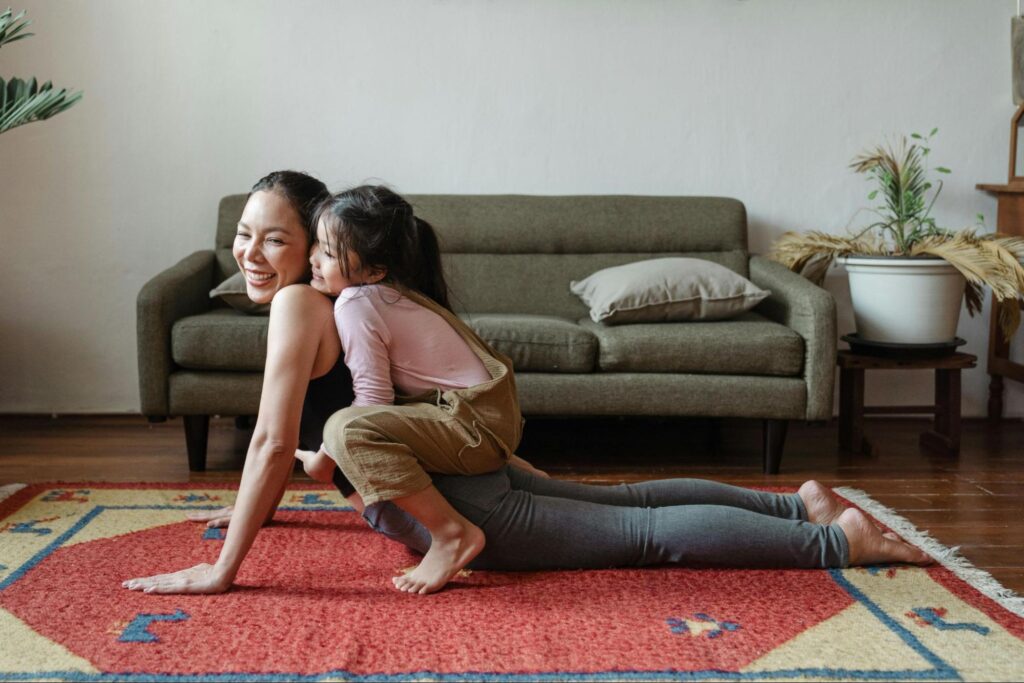A parent asks a simple question. A child offers a clipped answer. Another sibling interrupts. Tension builds, but no one can quite say why. This is where many families find themselves: surrounded by words, but disconnected from meaning.
Mindfulness offers something different. In a time where everyone is busy reacting, mindfulness quietly teaches families how to respond with clarity and care. Keep reading to learn more.
What Is Mindful Communication, Really?
Mindful communication is a deliberate practice that combines presence, patience, and awareness. It’s the skill of tuning into a conversation fully, not just with your ears, but with your body, breath, and attention.
This doesn’t mean every conversation becomes a deep soul-sharing session. It simply means you begin listening with the intent to understand, not just to reply.
This kind of communication often includes:

- Making eye contact without distraction
- Taking a breath before responding
- Naming your own emotions before projecting them onto others
- Asking open-ended questions to invite dialogue
- Practicing silence instead of rushing to fill it
Families who incorporate these habits tend to notice a drop in misunderstandings and an increase in cooperation, even during high-stress moments.
The Emotional Glue: Empathy and Intuition
Mindfulness naturally strengthens empathy. These parents can see past a child’s outburst and recognize fear or frustration. Children can sense when a parent is overwhelmed or preoccupied, which can soften their own behavior in response.
This kind of interpersonal attunement has a lot in common with intuitive practices often seen in spiritual work. In fact, those familiar with the truth behind clairvoyant readings might recognize the same emphasis on reading energy, tone, and unspoken cues. Whether through formal intuition or simple observation, the skill is the same: learning how to read between the lines of communication.
Everyday Practices That Build Mindful Habits
It doesn’t take a meditation retreat to start communicating with more awareness. Small shifts repeated consistently are enough to shift the tone of an entire household.
Start meals or car rides with a quick round of “How are you feeling right now?” It opens space for emotional honesty without pressure.

Set a timer and let one person speak uninterrupted for two minutes. Everyone else just listens. Then switch. This builds tolerance for silence and deeper listening.
Before tackling a tough conversation, pause as a group for three deep breaths. It sounds simple, but it can rewire the emotional tone instantly.
Screen-free conversations: Commit to device-free zones during certain times of the day to practice undivided attention.
Bridging Generational Gaps With Mindfulness
Many communication breakdowns in families happen across generational lines. A teen might roll their eyes at a parent’s concern. A grandparent might misunderstand a child’s behavior as rudeness.
Mindfulness helps each side slow down and decode what’s really going on. It reminds adults that not every action needs correction and reminds kids that not every comment is a judgment.
When Mindfulness Becomes the Default
The more a family practices mindful techniques, the less effort they require. Over time, it becomes natural to pause instead of pounce, to ask instead of accuse. The result isn’t perfect harmony. It’s resilience. The kind that can handle difficult talks, emotional friction, and the chaos of everyday life without tearing anyone apart.
Families don’t need to aim for flawless communication. They just need to practice enough awareness to keep returning to connection, even when it frays. That’s what makes mindfulness such a game-changer: not because it eliminates problems, but because it teaches you how to face them together.
